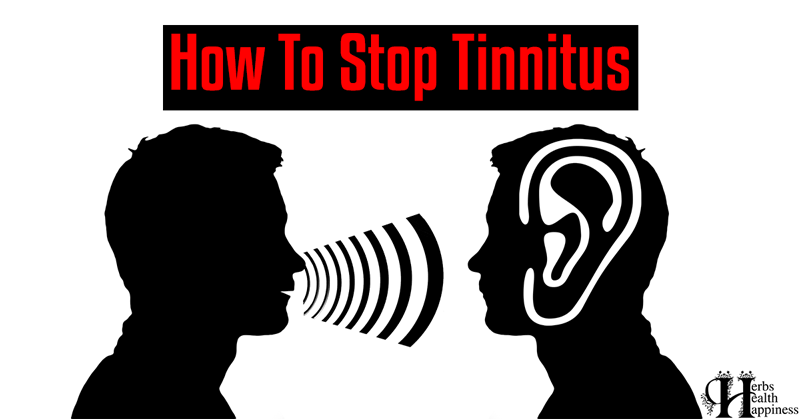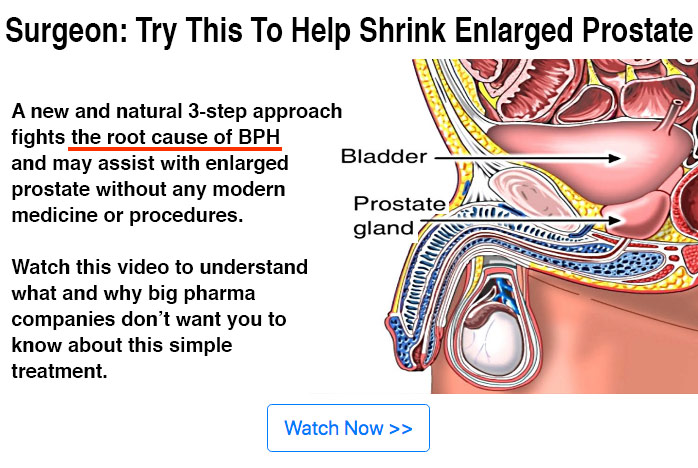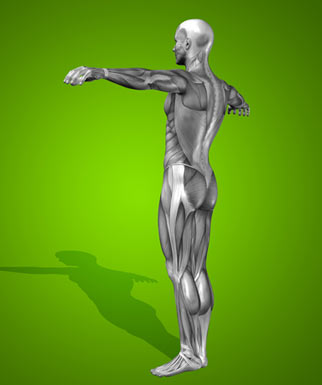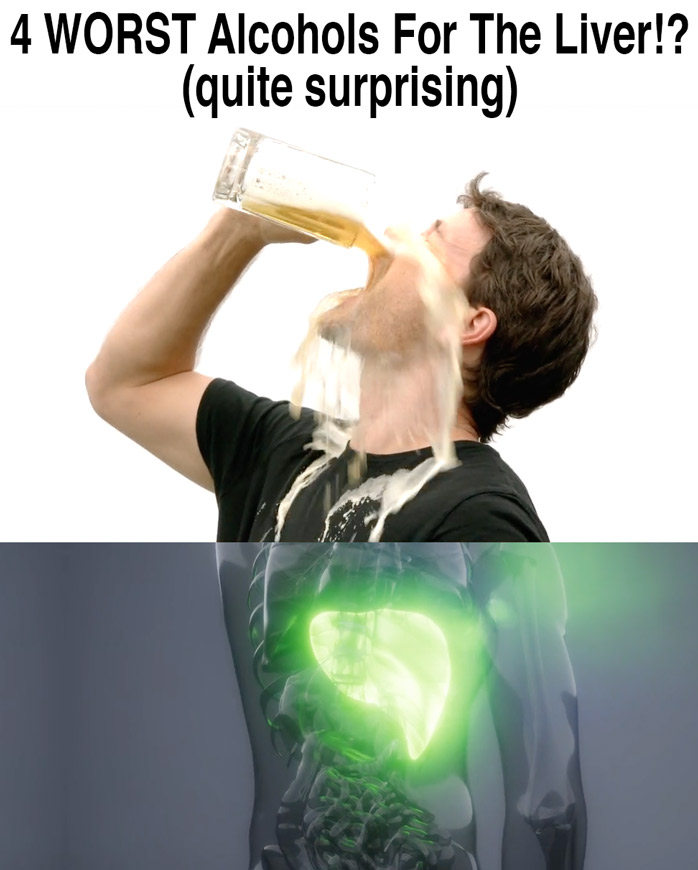Please follow us on Telegram to be sure to receive our latest posts!

Photo © sezer66 – fotolia.com
Rapid eye movement sleep behavior disorder (RBD) is a health issue that involves abnormal behavior during sleep. The paralysis that normally occurs during sleep is incomplete or absent in a person with RBD, allowing the individual to act out his dreams. The dreamer often kicks, screams, punches, grabs, or even jumps out of bed during episodes of RBD. According to Canadian academics, there is a strange and surprising connection between RBD and neurological diseases later in life such as Parkinson’s disease and Lewy body dementia. [1]
The study highlights the role of a specific group of cells in the brain system in controlling dreaming sleep, which is also called rapid eye movement sleep. RBD occurs when those cells are damaged, making a person act out violent dreams. [2] The study’s principal investigator, Professor John Peever of the University of Toronto, believes that the findings could help drug companies to develop therapies based on a specific group of cells. These therapies will be designed to slow the progression of neurodegenerative diseases. Peever presented the study at the 2017 Canadian Neuroscience Meeting in Montreal, Quebec. His team is yet to publish their results in a peer-reviewed medical journal.
Peever and colleagues provided data on how physically violent dreaming could act as an early warning sign decades before a diagnosis of Parkinson’s and dementia. [3] Though it remains unclear how definitive this link is, the results are supported by previous research on the association between people with violent and physical dreams and the probability of eventually developing a neurodegenerative disorder.
Back in 2000, the journal American Family Physician published research that posited the connection between RBD and neurodegenerative neurologic disorders such as Parkinson’s, primary dementia, and epilepsy. The study discovered brain stem lesions in computed tomography brain scans of affected patients. [4]
A 2010 study that first appeared in the journal Neurology identified RBD as a risk factor for developing neurological diseases later in life. Conducted by researchers at the Mayo Clinic in Rochester, Minnesota, the study noted that violent dreams could portend brain disorders by almost fifty years. [5]
The risk of developing neurodegenerative disorders in patients with idiopathic REM sleep behavior disorder was also confirmed by a 2009 study. The researchers found that the majority of the patients developed Parkinson’s disease and Lewy body dementia. [6]
There are 50,000 Americans diagnosed with Parkinson’s disease every year, according to the National Institutes of Health. Around 500,000 people live with the disease while another one million U.S. adults are affected by Lewy body dementia. [7] Dr. Peever hopes that the results of their study could be used by other researchers for the creation of neuroprotective therapies that are aimed at the prevention of such neurodegenerative disorders.
References:
[1] Canadian Association for Neuroscience. Science Daily. May 29, 2017. Connecting the dots between dreams and brain disease: REM sleep disorders could be early warning sign for neurological disease later in life. https://sciencedaily.com/releases/2017/05/170529133723.htm
[2] James J. Gugger and Mary L. Wagner. November 1, 2007. Annals of Pharmacotherapy. Neurology: Rapid Eye Movement Sleep Behavior Disorder. https://journals.sagepub.com/doi/abs/10.1345/aph.1H587
[3] Jeanna Bryner. Live Science. August 4, 2010. Violent Dreams May Presage Brain Disorders Decades Later. https://www.livescience.com/8412-violent-dreams-presage-brain-disorders-decades.html
[4] Pagel JF. April 2000. American Family Physician. Nightmares and Disorders of Dreaming. https://aafp.org/afp/2000/0401/p2037.html
[5] Bradley F. Boeve. January 2010. Annals of the New York Academy of Sciences. REM Sleep Behavior Disorder: Updated Review of the Core Features, the RBD-Neurodegenerative Disease Association, Evolving Concepts, Controversies, and Future Directions. https://www.ncbi.nlm.nih.gov/pmc/articles/PMC2902006/
[6] Posthuma RB et al. April 14, 2009. Neurology. Quantifying the risk of neurodegenerative disease in idiopathic REM sleep behavior disorder. https://www.ncbi.nlm.nih.gov/pmc/articles/PMC2828948/
[7] U.S. Department of Health and Human Services. Parkinsons Disease. https://report.nih.gov/NIHfactsheets/ViewFactSheet.aspx?csid=109
😳 What Tinnitus Does To Your Brain Cells (And How To Stop It)
After 47 years of studies and countless brain scans done on more than 2,400 tinnitus patients, scientists at the MIT Institute found that in a shocking 96% of cases, tinnitus was actually shrinking their brain cells.
As it turns out, tinnitus and brain health are strongly linked.
Even more interesting: The reason why top army officials are not deaf after decades of hearing machine guns, bombs going off and helicopter noises…
Is because they are using something called "the wire method", a simple protocol inspired by a classified surgery on deaf people from the 1950s...
★ How To Get Rid Of Nail Fungus:
★ Does Your Salad Contain This Vegetable?
★ 20 Natural Painkillers In Your Kitchen (Video):
★ Men's Prostate Health:

2. Famous Chef Sheds 60lbs Researching New Paleo Recipes: Get The Cookbook FREE Here
3. #1 muscle that eliminates joint and back pain, anxiety and looking fat
4. 7 odd foods that KILL your abdominal fat (surprising fat-fighters)
5. The TRUTH about bread (Will surprise you!)
6. [PROOF] Reverse Diabetes with a "Pancreas Jumpstart"
7. Here's What Happens When You "Unlock Your Hip Flexors"
8. The #1 WORST food that CAUSES Faster Aging (beware -- Are you eating this?)
The #1 Muscle That Eliminates Joint And Back Pain, Anxiety And Looking Fat
By Mike Westerdal CPT
Can you guess which muscle in your body is the #1 muscle that eliminates joint and back pain, anxiety and looking fat?
This is especially important if you spend a significant amount of time sitting every day (I do, and this really affects me in a big way!)
Working this "hidden survival muscle" that most people are simply not training because no-one ever taught them how will boost your body shape, energy levels, immune system, sexual function, strength and athletic performance when unlocked.
If this "hidden" most powerful primal muscle is healthy, we are healthy.
Is it...
a) Abs
b) Chest
c) Glutes
d) Hip Flexors
Take the quiz above and see if you got the correct answer!
P.S. Make sure you check out this page to get to know the 10 simple moves that will bring vitality back into your life:
If you enjoyed this page:












